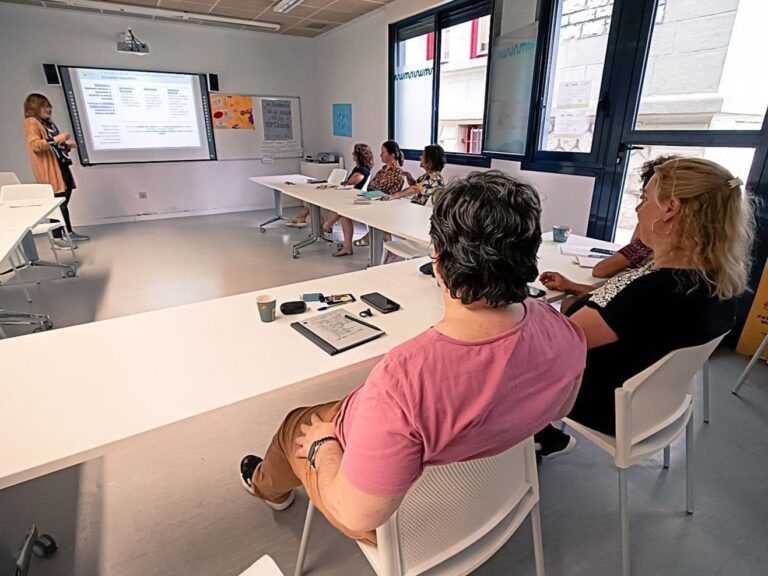The tandem Body-Territory is a concept that is born within Latin American decolonial currents. This concept is based on the conceptualisations of indigenous peoples, where the perception of corporeality differs from that of the West. The body is understood as an extension of the territory and not as an element that limits what is their own from what is foreign.
The native peoples share the cosmovision that their bodies do not inhabit a territory but are part of that Body-Territory. This is why the contamination of a river has a direct effect on their bodies, since their way of occupying the territory from the proximity forces them to drink the water directly. These are realities that have been lost in globalised urban societies, where body and territory are dissociated.
The Institute of Socio-environmental Health (InSSA) of the Faculty of Medical Sciences of the National University of Rosario (UNR) in Argentina, with the support of the Rosa Luxemburg Foundation and other actors, has taken this conceptual framework to analyse the health processes in populations with contexts of extractivism in their territories throughout South America (map). The same group of collaborators created a pedagogical methodology aimed at the participation of citizens in the reflection, debate and collective construction of their own Body-Territory map.
Estas dinámicas participativas permiten trabajar en cualquier territorio, ya sea rural, natural, urbano o mixto. Al mismo tiempo, facilitan la incorporación a la reflexión de los efectos de los impactos sobre la diversidad total de cuerpos que habitan estos territorios. Estas dinámicas dan lugar a reflexiones sobre cómo afectan las ciudades y los territorios a la salud física y mental de sus poblaciones. Cómo el diseño urbano o la implantación de determinadas actividades en los territorios influyen directamente en la calidad de vida de la población a través de algo tan físico como sus propios cuerpos.
Este ejercicio se realizó en tres territorios diferenciados de la zona metropolitana de Buenos Aires. El primer territorio delimitado fue el municipio de la Ciudad de Buenos Aires (CABA) que es completamente urbano. El segundo se comprendía el municipio periférico de Tigre, perteneciente al conurbano de la capital argentina, pero con la peculiaridad de que éste se sitúa limítrofe con el delta de los ríos Paraná y Uruguay en su desembocadura en el Río de la Plata. El tercer territorio rural semiacuático es el propio delta, cuyas islas están habitadas por comunidades históricas y por nuevos isleños.

Source: own.
As was to be expected, the people who inhabited each territory made a divergent compilation of the positive and negative historical events in the transformation of their territories. These affectations were captured on a physical map of each selected area and from this map the affectations resulting from these territorial realities were transferred to the various bodies selected.
Interesting reflections on headaches in traffic zones, on how urban gardens improve the digestion of the population through improved diets, or how living on an island changes the stress rhythms of its population. There are also cross-cutting effects between territories, with fires generated on islands polluting the air quality of the city. And the water quality of the islands worsens due to human activity in the city. Waste generated in the CABA is deposited in the peripheral municipalities, affecting the odour of those that have not generated the waste.
Article available in the autumm issue by Naider





